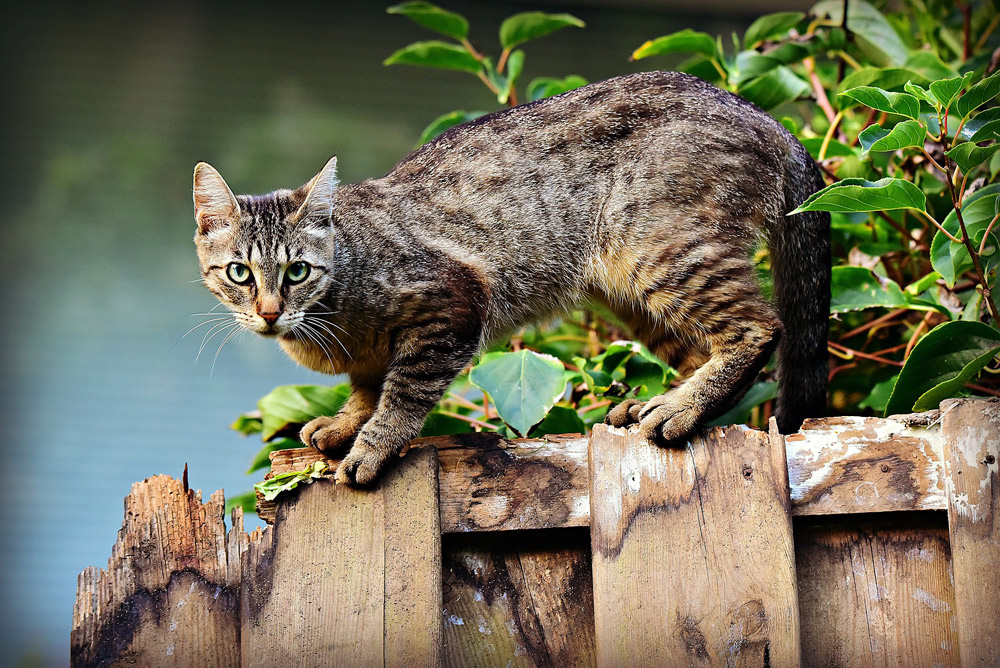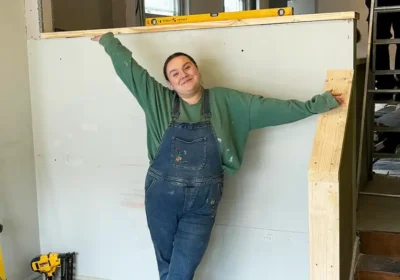By Lynn Broom.
Longmead Veterinary Practice
Cats have interacted with humans for thousands of years, potentially as far back as 12,000 years ago when humans first started farming. It is thought that dogs started being domesticated at least 15,000 years ago, and recent DNA analysis suggests that wolf to dog domestication may have started as far back as 130,000 years ago while humans were still hunter gatherers.
Domestic dogs bear very little resemblance to their original wild ancestors both in physical and behavioural aspects. Dog breeds can range in size from about 2kg to 100kg whereas adult cats vary no more than a few kilos between breeds, typically ranging from 3kg to 8kg.
Dogs have been physically changed dramatically including head shape, leg length, tail structure and body type. But even quite genetically altered cat breeds such as Persians are still generally a similar size to the average domestic cat.
A lot of this variation is because, once domesticated, dog breeding became more controlled. As most bitches come into season every six months, humans were able to control which bitch mated with which dog in order to reinforce a behavioural or physical attribute. Cats come into season every three weeks and, unless kept physically away from males, female cats will mate freely with one or more nearby tomcat allowing free mixing of genes leading to broadly similar offspring. Street dogs in countries such as Romania tend to revert to a ‘type’ of dog of similar size, colour and coat type due to uncontrolled breeding.
We have bred dogs for particular uses which is often reflected in their behavioural and physical characteristics. Cats have varied very little in their ‘use’ to humans being essentially companions and pest controllers. The main changes due to domestication in cats has been the development of coat colour changes.
The default colour for cats is tabby. This is why even black cats can have a faint tabby pattern when they are young. Several ‘random’ mutations have occurred over the years leading to other colours developing. Many of these are due to recessive genes which are only displayed when both parents carry the gene. This is how certain pedigrees produce a consistent colour type but also how, even moggies, can randomly produce an unusually coloured kitten.
After all this time cats still retain their independent nature, their hunting instinct and their behavioural traits. Cats often choose to live with us but equally they can decide to move on if they feel that their current home is not suitable. Many cats frequent more than one home, choosing to eat and sleep in other houses even if they return to their original home daily. Hunting is a strong drive in most cats, although, because they are usually well fed, this may be shown by just catching and playing with their prey or chasing toys rather than actually eating birds or animals.
We may think we own our cats but actually, when left to make their own decisions, a number of cats will decide who they choose to live with. Many cats change ownership at some point in their lives and will often adopt a new ‘owner’!









Leave a Reply